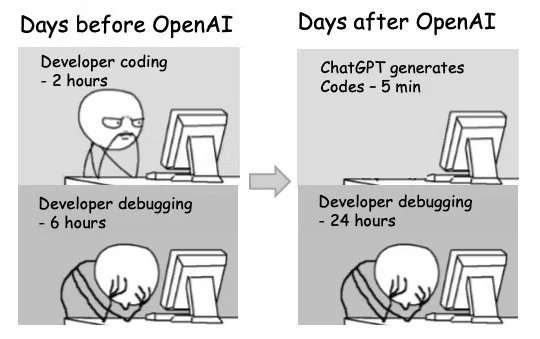Appearance
Debugging: A Structured Approach
Debugging is an inevitable part of software development. At its best, it’s a fun puzzle and a chance to learn. But it’s also easy to get lost.
It is about chasing the right lead – and it’s just as easy to go in the wrong direction and spiral into into a frustrating, time-consuming, and even burnout-inducing experience.
Common pitfalls include overlooking simple explanations, making false assumptions, or focusing on the wrong part of the system.
Here are some language-agnostic tips.

Not everything applies to every problem, so use the ones that are relevant.
Try Again
Before diving deep, simply try again.
- Make sure it's not a one-off issue.
- Pay closer attention to what’s happening.
- If the issue is complex, note down the steps to reproduce it.
- If multiple errors occur, always start debugging from the first one.
Be at the Right Place
Ensure you’re working in the correct environment.
- Are you editing the right code?
- Are you looking at the correct app (e.g., production vs. staging vs. local)?
- Is the app connected to the correct database?
- Could caching be affecting the content?
- Cache could be from network layers, build tools, or external providers.
- Validate this by adding
console.logstatements, breakpoints, or modifying content/CSS. - Make a scene – try intentionally crashing the entire app.
What Changed?
Narrow down the problem by knowing what changed.
Consider how the problem came into existence:
- Was the feature not implemented to begin with?
- Or, more likely, was there an erroneous change made?
- Did you install new packages or pull new commits?
- Can you roll back and compare differences? Use
git bisect.
Assume Nothing
Narrow down the problem by testing your assumptions.
It might not be your fault – third-party libraries or incorrect documentation could be the issue.
- Are you referring to the correct documentation version?
- If you suspect a library issue, do a quick GitHub issue search. It takes just a minute.
- Have you tried restarting the app or your computer? – Yes, it can really resolve odd issues sometimes.
Reproduce Fast
Narrow down the problem and create a minimal reproducible example.
A minimal test case is necessary to:
- Confirm when the problem is fixed.
- Optimize validation to make debugging more efficient.
Consider:
- Removing authentication, disabling validation, or hardcoding field values.
- Writing a script that automates test execution (try Chrome's Recorder).
- Ensuring the test case requires minimal manual interaction.
In some cases, you can brute-force by enumerating all possible solutions (for example, order of arguments, combination of flags):
- Try each potential fix and execute your test script.
- This might eliminate the need to dig into documentation.
- Work backward once you know the final answer.
Bonus points if you convert it into a permanent test case.
Try Later
Stuck? Take a break.
- Explain the problem to a rubber duck (aka a colleague).
- Walk away, eat food, get coffee, and return with fresh eyes.
Happy debugging!